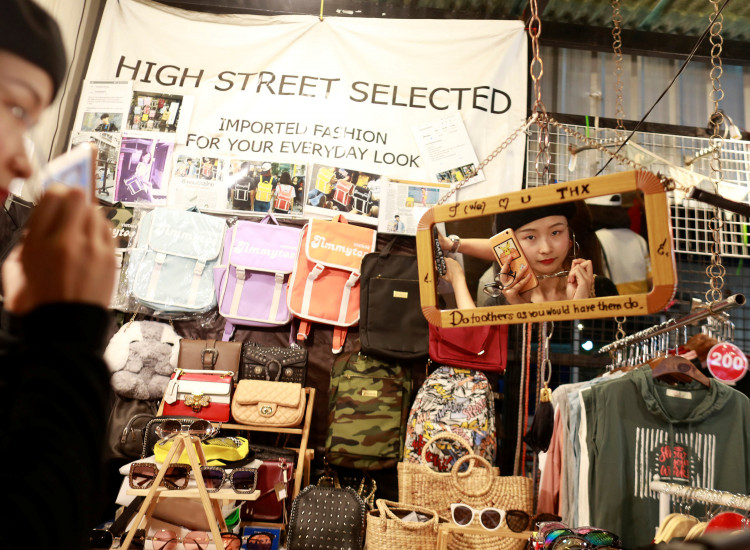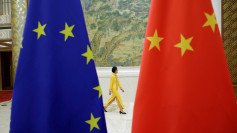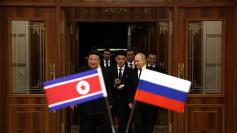Hopes of a tourism retail revival after a three-year hiatus have been dashed for overseas brands banking on a surge of Chinese consumers.
According to data from the National Immigration Administration, in the first half of 2023, immigration authorities checked a total of 168 million inbound and outbound travelers, a 169.6% year-on-year increase, but only 48.8% of the same period in 2019.
The World Travel & Tourism Council, as cited by Bloomberg, predicts that global tourism hotspots might have to wait another year to witness a significant return of Chinese tourists. The complexity of the visa process remains a significant bottleneck.
Julia Simpson, the CEO of the industry body, mentioned that the number of Chinese cross-border travelers is expected to return to pre-pandemic levels by the end of 2024, followed by steady growth. She also pointed out that another factor limiting Chinese cross-border travel is the rising fuel costs for foreign airlines unable to fly over Russian airspace, which could indirectly lead to higher ticket prices.
Despite the slow recovery of Chinese cross-border tourism, the World Travel & Tourism Council remains optimistic about the long-term prospects of Chinese outbound tourism. The organization forecasts that China, as Asia's largest economy, will surpass the U.S. to become the world's largest tourism market within the next decade.
However, this doesn't provide much relief for brands relying on Chinese tourists for their retail sales. Even with the easing of travel restrictions due to the pandemic, the shopping tendencies of Chinese consumers staying domestically seem unchanged.
Data from Sandalwood Advisors, as referenced by Bloomberg, shows that in April 2023, about 62% of luxury spending by Chinese consumers occurred domestically, up from 41% in the same period in 2019.
Although the number of Chinese tourists traveling abroad is slowly recovering, Bloomberg's survey analysts suggest that the proportion of overseas shopping by Chinese tourists won't return to its peak.
Recently, Bloomberg, citing sources, reported that the LVMH Group plans to move more of its regional headquarters to Shanghai. The group will focus more on emerging first-tier cities, including Chengdu. LVMH declined to comment on this news.
In an analyst meeting following LVMH's Q1 2023 financial report, the group mentioned that offshore travel consumption by Chinese tourists is growing faster than local consumption. However, in terms of overall spending, local consumption still accounts for four to five times that of offshore consumption. A series of measures have reduced the price difference between products in mainland China and European markets.
Luxury brands are continuously expanding the types of services and product ranges they offer in the Chinese domestic market. Meanwhile, global product prices are rising, reducing the price advantage of overseas markets, which appears to be dampening the enthusiasm of Chinese consumers for shopping abroad.
The price difference between luxury goods in Hong Kong and mainland China has become particularly noticeable. For instance, the Louis Vuitton large NEVERFULL printed handbag sells for 15,200 yuan in mainland China and 16,800 Hong Kong dollars (equivalent to 14,500 yuan) in Hong Kong, a difference of about 700 yuan.
The underwhelming performance in travel retail is especially evident in the beauty sector. Estée Lauder, which has always prided itself on its global travel retail business, mentioned in its Q1 2023 earnings call that the recovery of its travel retail business has been slow due to the sluggish travel market. In its 2023 annual report, Estée Lauder stated that organic net sales dropped by 6%, mainly affected by travel retail in Asia, primarily Hainan and South Korea.
Both luxury and beauty brands have increasingly valued the Chinese market in recent years, gradually decentralizing management power to this regional market. Whether the trend of domestic consumption will continue after the full recovery of overseas travel remains to be seen.






